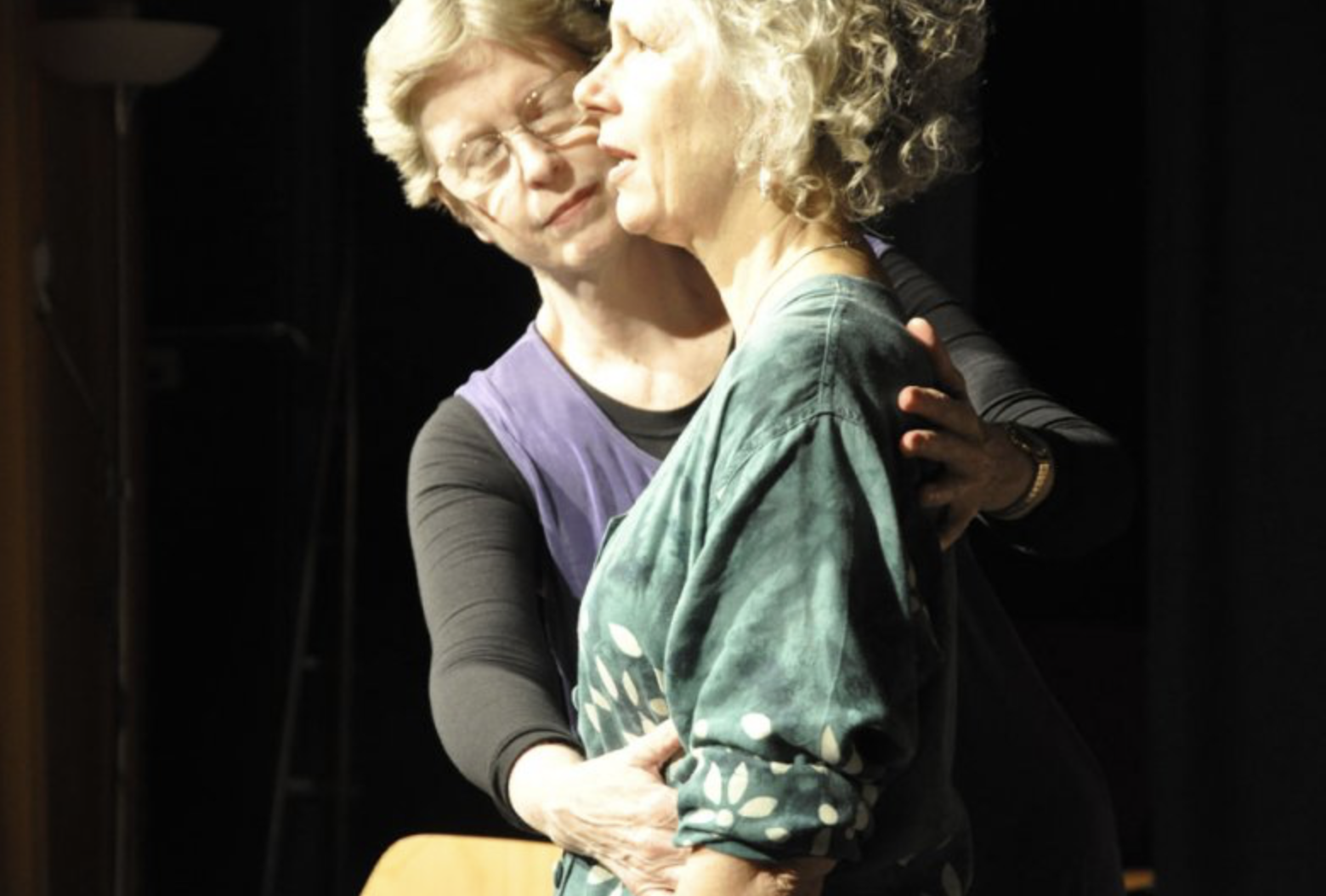
Despite being one of the central facets of body functionality for dancers, breath is an often-overlooked part of dance pedagogy. Yet with the right guidance, it can play an important role in a dancer’s movement and artistry. Consider how you instruct your students to breathe efficiently and expressively with these six tips from the experts.
Cue three-dimensional breathing.
Your students may not be getting the most output for their input if they aren’t using their lung capacity to its fullest potential. A common tendency for dancers is to focus primarily on the ribs’ movement forward as the lungs inflate. Bring their attention to the back and sides of the torso for a more well-rounded approach to breath.
“Breathing is a three-dimensional process. It involves the front, side and back walls of the body,” says former New York University professor Lynn Martin, whose breath coaching has helped singers, actors and dancers enhance their craft. “The flexibility of the spinal column positively influences the ribs to be free to move for breathing.” A simple touch to the back or side of your students’ ribs, or a verbal reminder to send oxygen to the back of the rib cage, can help your students breathe evenly in all directions.
Remind students: “Don’t hold your breath.”
“Most people, if they’re feeling overly stressed, will inhale and hold that air in,” says Martin, which can make dancers’ movement appear overly tense. Martin directs dancers’ focus to exhaling in an equal volume as their inhale. She recommends practicing with vocalization, like singing, sighing or an audible exhale, and switching up the exhale via the nose or mouth, whichever is more comfortable.
Build students’ aerobic power.

Aerobic exercise can improve students’ stamina and circulation, allowing them to get oxygen more efficiently to their muscles, says Irene Dowd, who teaches dance and anatomy at The Juilliard School.
Build your students’ stamina gradually and be cognizant of their capacity for high-intensity aerobic movement. Dowd uses the men’s variation in classical ballet pas de deux as an example: “They are typically not longer than a minute and a half because that’s about how long you can handle oxygen debt,” says Dowd. Start small and build up in speed and duration. As breathing becomes more difficult, encourage students to allow the inhalation to flow in as smoothly as possible, and emphasize the complete outflow of the exhale, says Martin.
Synchronize breath with movement.
Linking breath and movement can help your students punctuate their dancing. As the founder and artistic director of Lori Belilove & The Isadora Duncan Dance Company, Lori Belilove inherited a rich legacy of using the breath to enhance artistry. “If you work with weight in the pelvis, you’re going to breathe lower,” says Belilove. “You can also bring it very high and shallow and pull your collarbones up.” Try cuing inhales on rising movements, to express and experience lightness, or exhales on falling or downward movements, to emphasize weight. Belilove points out that this type of cuing is especially helpful for beginner students as they build nuance and contrast in their movement.
Use breath as an impetus.
Belilove notes that Duncan also used the breath as the nucleus of movement, letting action stem from the breath itself. Try integrating improvisation exercises into your classes where students can explore letting their breath guide their movement choices, or creating combinations that prioritize breath first.
Give students the agency to do what works for them.
Even as youincorporate different breathing techniques, cues and images into your classes, make sure to give students the freedom to do what works best for them. “Each individual has a unique body, a unique physiology and a unique nervous system. The great ones bring that uniqueness to their performance,” says Dowd, pointing out that if your students simply continue breathing, they’ll probably be fine. “With breathing, I don’t ever think someone is wrong,” she says. “It’s person- and context-specific.”




